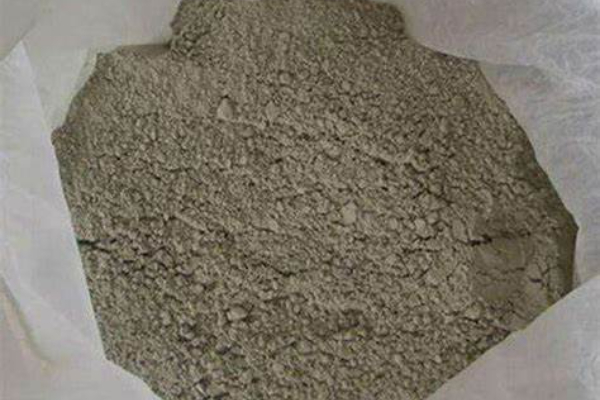Lichtgewicht warmte-isolerende zuurbestendige gietstukken zijn licht van formaat, sterk in drukweerstand, hoge zuurcorrosieweerstand, en weinig wateropname. Ze spelen volledig de rol van warmtebehoud, especially when used in areas with severe acid corrosion, and can ensure the density of the masonry. They are ideal refractory materials for high chimneys, high-temperature flues, and pipeline linings.
Lightweight heat-insulating and acid-resistant castables are easy to construct, have strong adhesion, long initial setting time and construction operation time, fast strength growth, strong impermeability, no need for acidification treatment, and ensure the density and fullness of masonry joints. They can significantly improve the air-tightness and integrity of the chimney lining wall and the acid corrosion resistance of the lining.

Lightweight heat-insulating acid-resistant castables construction precautions
When using lightweight heat-insulating acid-resistant castables, you can add water to wet mix after dry mixing. The amount of water added to the acid-resistant castable also needs to be strictly controlled. The amount of water added is directly related to the performance and strength of the castable, so you must pay attention to it during construction and add the mixing water according to the construction instructions.
Lightweight heat-insulating acid-resistant castables can be used as both acid-resistant castables and refractory castables without heat insulation. The main component of the binder of lightweight acid-resistant castables is water glass. Echter, some acid-resistant castables that require different parts of use also use phosphoric acid to bind. The acid-resistant castables bound with phosphoric acid have low calcium content.

Due to the large porosity of the lightweight aggregate structure, rough surface, and particle size of about 5mm, the aggregate and powder have high water absorption and hygroscopicity. Daarom, according to the mix ratio, it has poor fluidity after mixing, small thermal conductivity, and small linear expansion coefficient. It can also be used as filler in the lining of blast furnaces.
Acid-resistant castables must be protected from moisture. Manufacturers must mix aggregates and powders into a mixture before leaving the factory and pack them in woven bags for transportation. When temporarily stored, they must be stored in a dry warehouse with good drainage measures and rain and moisture protection.
 Rongsheng -groep
Rongsheng -groep

Wechat
Scan de QR -code met WeChat